All you need is grain alcohol and a set of your favorite essential oil or fragrances blend. Yes, it’s that simple. This essential oil perfume recipe will guide you on how to make your own perfume at home.
Do you love perfumes? That’s a silly question, who doesn’t? But do you know you can make your own at home on a budget? And it’s not that hard! Find out how in this post.
Table of Contents
- A Bit Of History
- Describing Fragrances
- Solvent and Dilutions
- How Do You Make Homemade Perfume?
- Don’t Spend More Money On Perfume
- Find Out Where To Buy Handmade Perfume
- Related Posts
- Natural Perfumery Course – Herbal Academy (EN)
- Curso de Perfumaria Artesanal – Udemy (PT)
A Bit Of History
Perfume is as ancient as written history. Did you know that the world’s first-recorded chemist and perfume-maker was a woman named Tapputi that lived in Mesopotamia in the 2nd millenium BC? Perfumery began in Mesopotamia, Egypt, the Indus Valley Civilization and possible Ancient China. It was further refined by the Romans and Muslins.
In 2003, archaeologists discovered the world’s oldest surviving perfumes in Cyprus, which date back more than 4000 years. In the 9th century, an arab wrote a book about perfume formulas and a persian found out the process of distillation.
IThe art of perfumery in Europe was known from 1221 by monks from Florence, which prospered during the Renaissance period. Between the 16th and 17th centuries, perfumes were used primarily by the wealthy to maskbody odors resulting from infrequent bathing… From the 18th till today, Italy and France remain the center of european perfume design and trade (from https://en.wikipedia.org/wiki/Perfume#History).
Modern perfumery began in the late 19th century with the commercial synthesis of aroma compounds such as vanillin or coumarin, which allowed for the composition of perfumes with smells previously unattainable solely from natural aromatics (from https://en.wikipedia.org/wiki/Perfume).

Describing Fragrances
So perfume has been part of our history and culture since ever. But let’s get back to the actual product. Perfume is a mixture of fragrant essential oils or aroma compounds, and a solvent. Using the analogy of a musical scale, perfume compounds categorize according to their lasting effect:
- Top Notes: also called head note. Scents that are perceived first and that evaporate the quickest. They form a person’t first impression of a perfume. Examples are: mint, lavender.
- Middle notes: also called heart notes. Scents that emmerge after the top notes, they make the “body” of the perfume, usually masking the base note’s first impression which might not be pleasant at the beggining. Examples are: jasmine, seawater.
- Base notes: Scents that take the longest time to evaporate. They appear close to the departure of middle notes. Base and middle notes make for the main theme of the perfume.
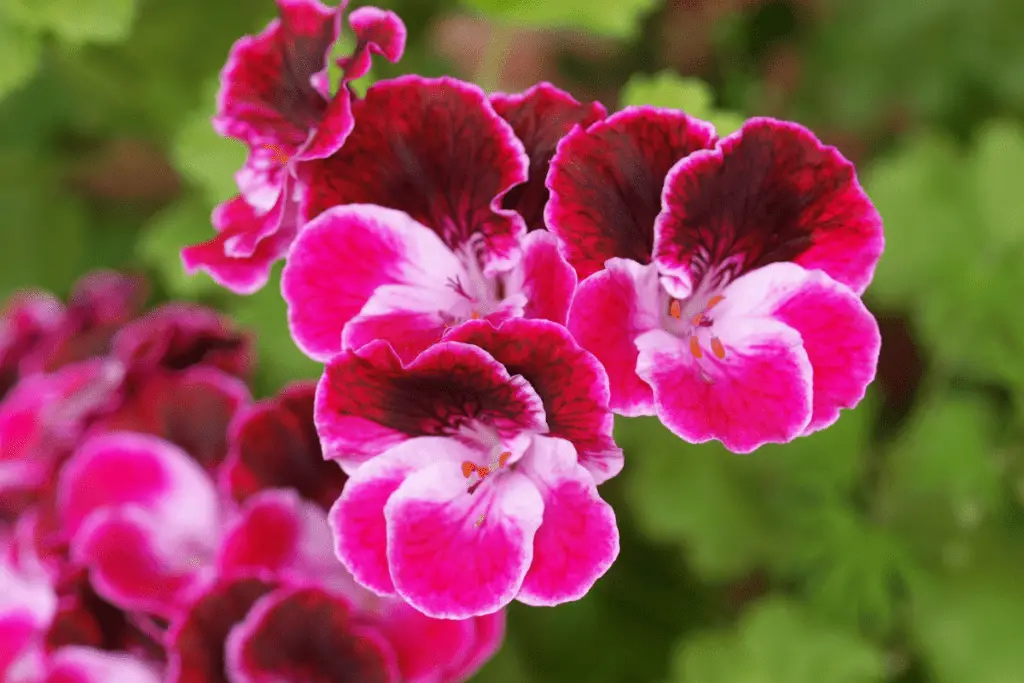
There are no rules to create blends, but you can follow these guidelines just to know where to start:
- 30% of a blend should be Top Notes
- 50% of a blend should be Middle Notes
- 20% of a blend should be Base Notes
Fragrance Aromas
Along with this musical metaphor classification, fragrances can also be categorized into broad groups based on their aromas. The modern classification is resumed in the fragrance wheel, and shows five main families:
- Floral – Lavender, Neroli, Jasmine. …
- Woody – Cedarwood, Sandalwood, Patchouli…
- Fresh – Citrus (Sweet Orange, Lemon, Bergamot), Aquatic/Oceanic scents, …
- Oriental – Amber, Vanilla, Incense…
- Aromatic Fougére – Meaning fern in French, built on a base of lavender, coumarin and oakmoss, with a sharp herbaceous and woody scent. It’s the basis of many men’s perfumes.
You can get all these aromas from essential oils or fragrance oils, where the first ones are made from natural plant material and the second ones usually contain synthetic compounds (but may also contain essential oils in its composition).
Solvent and Dilutions
The most common solvent used for perfume is alcohol, namely ethanol, and this is the one we will use in this recipe.
In Europe it is relatively easy to find ethyl alcohol in a pharmacy, with 96%. This is the one I use. You may also use grain alcohol of 95%, or 190-proof like Everclear.
About dilutions, maybe you have already heard about the following terms, but now you will know what they mean:
- Parfum/Perfume: contains 15-40% (typically 20%) of aromatic compounds
- Esprit de Parfum: contains 15-30% of aromatic compounds, rarely seen, it’s a used concentration between Perfume and Eau de Parfum
- Eau de Parfum: contains 10-20% (typically 15%) of aromatic compounds
- Eau de Toillete: contains 5-15% (typically 10%) of aromatic compounds
- Eau de Cologne: contains 3-8% (typically 5%) of aromatic compounds
As we are using a concentration of 30% of aromatic compounds and 70% alcohol, I believe we are talking about a perfume in this recipe. Of course, do not forget that this recipe has no other addictives except for the solvent, so it will not be as strong as if you purchase a perfume in a perfume store.
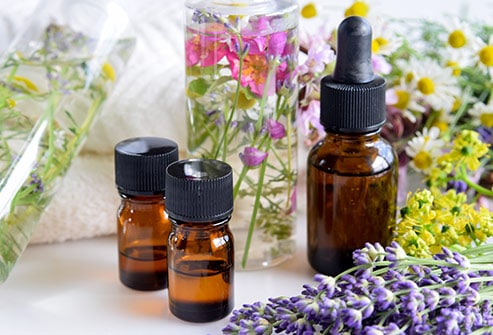
How Do You Make Homemade Perfume?
Use 30-40% of essential oils blend and 60%-70% grain alcohol. That’s all you need to make perfume at home.You can add water to the mixture, but I was satisfied with using alcohol only. I fear about germes growth due to water addition. There might be a right percentage of water you can use without the need of a preservative, but I didn’t investigate about it.
The fun part of homemade perfume, however, is to find out the best blend of your own personal taste.
Making Your Own Blend
You can use the information from the chapter “Describing Fragrances” above as guildelines to make your blend. Or go wild, purchase an essential oils starter kit and use your imagination and creativity to make your own blends!!! No rules!
This recipe is actually a guide for any type of perfume you wish to make. The list of possibilities is endless and the most fun part of this process is to find out your favorite blend. You can buy a starter kit by using one of the following links:
- Now Foods Essential Oils Starter Kit
- Jade Bloom Essential Oils Starter Kit
- Plant Therapy Essential Oils Starter Kit
- Organic Aromas Essential Oils Starter Kit
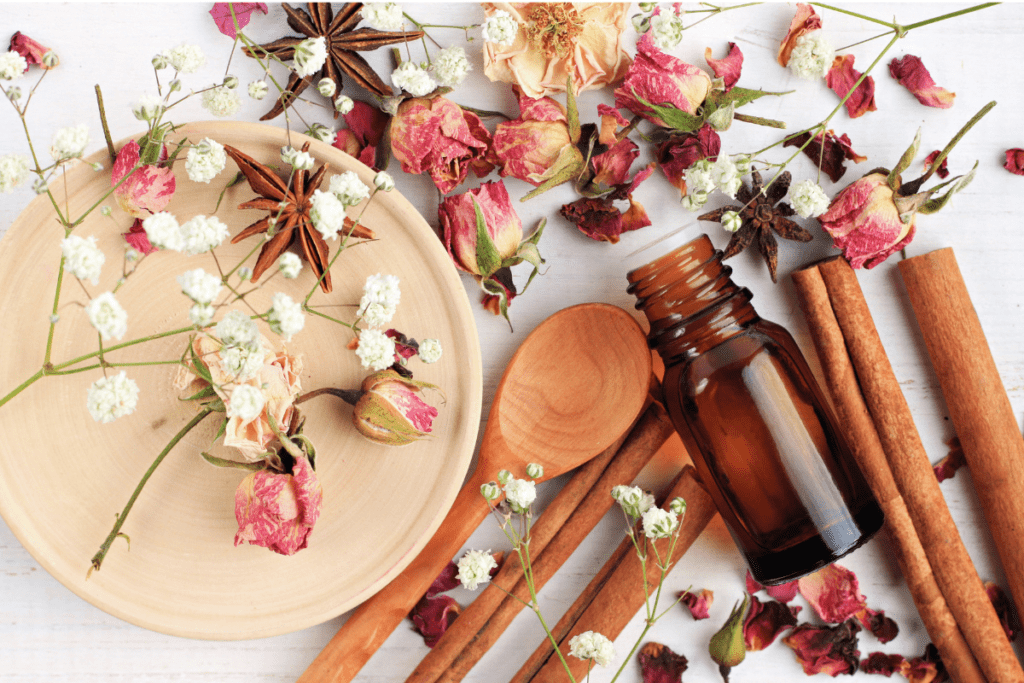
How Do You Mix Essential Oils To Make Perfume?
To make your own blends, use a cotton stick for each essential oil and pour some drops. Pick up the ones you think will word together, gather them together and smell them. Do you like it? Take notes of each blend, and give it a rating.
Next, make small amounts with drop count, playing with quantities (30% top notes, 50% middle notes, 20% base notes, remember? But you don’t *need* to blindly follow these rules). Store them in 10ml amber bottles (you can reuse the ones from essential oils) and give it a week. Take notes of blend, essential oils used and quantities and, once more, rate them.
Taking notes of all blends will help you replicate your favorite ones.
In the recipe below I also show a couple of examples just to guide you in the recipe. Below, you can find a list of some blends I have already used so far (with both essential oils and fragrance oils):
- Lilly-Of-The-Valley + Rose
- Neroli (Orange Blossom) + Rose
- Neroli + Lavender + Amber Glow
- English Rose + Yasmine
- Indian Lotus + Neroli
- Sea Salt + Lavender
You can also add a smaller percentage of fragrance blend, but it makes the perfume less lasting and strong. I also didn’t use any fixative, as I feel that the perfume is strong enough as is and this way we avoid to add more chemicals (and complicate the recipe…).
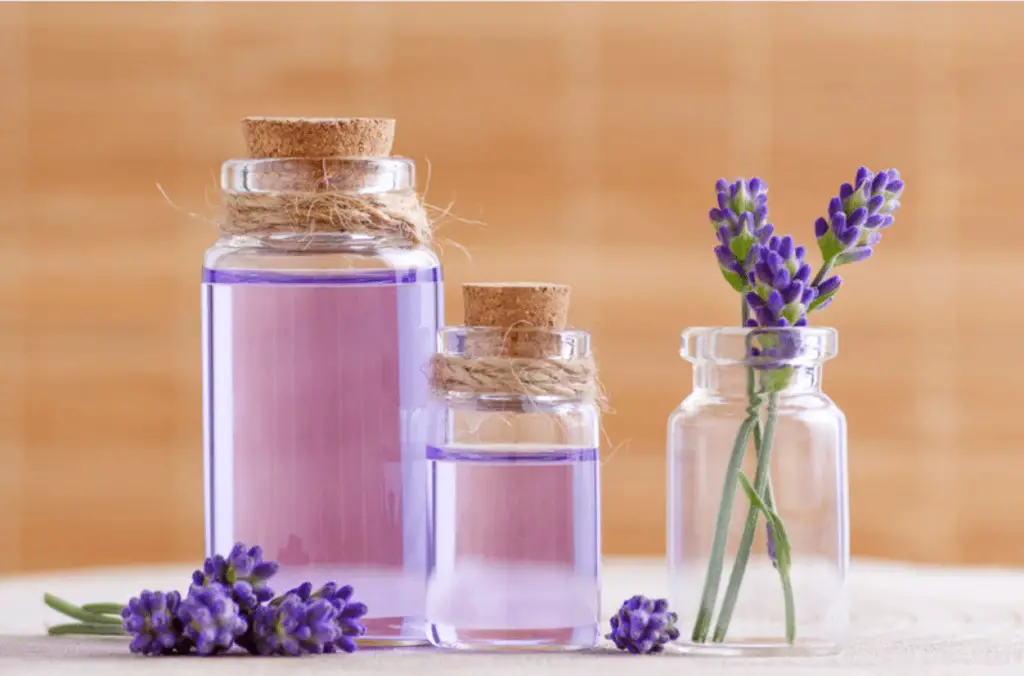
Don’t Spend More Money On Perfume
Well, if you really, really, really want to, go ahead… But you don’t *need* to. Bear in mind that big cosmetic companies are not charging you on the perfume only: they are also charging on the bottle design, branding, millionaire marketing campaigns (with famous actors and actresses), R&D for more synthetic formulas, …
I am not directly opposing to pay for R&D, but I do get annoyed that there are no cheap – and good – alternatives. It’s almost like they make a point of never lowering the price… because perfume sells with a lot of €€€.
The beauty of this perfume recipe is its simplicity. And, once you find your favorite blend, it will become very economical, as you can make a 50 ml perfume bottle for $5 – $10 (depending on your fragrances and essential oils price)! You can purchase essential oils in bigger bottles, making your perfume even cheaper. With $50 you can make perfume for years!
I hope you enjoyed this post! Give it a try at giving a try at this essential oil perfume recipe at home!
Find Out Where To Buy Handmade Perfume
Tired of spending a small fortune in perfumes, or you have a thing for handmade perfume, but you’re not really into doing it yourself? Find out where to buy handmade perfume in the following link:
Related Posts
- Are Essential Oils Safe For Soap?
- Best Essential Oils for Soap Making
- Essential Oils for Skin Care Products
- Make Your Own Reed Diffuser Kit
Got curious about the theme but you’d like to go deeper and learn more? Find out these online courses about natural perfumery:
Ingredients
- 15 ml essential oils blend fragrance blend
- 35 ml alcohol 96º (ethanol) cereal alcohol
Essential Oils Blend (example)
- 7,5 ml essential oil lavender
- 4,5 ml essential oil rose geranium
- 3 ml essential oil patchouli
Fragrances Blend (example)
- 7,5 ml lily-of-the-valley
- 4,5 ml fine sea salt
- 3 ml essential oil cedarwood Atlas
Instructions
- Disinfect all your equipment before starting. You can use a solution of 1 liter of water with 1/2 cup of bleach. Make sure that when making your perfume, all items and clean and dry.

- Measure 15 ml of your favorite essential oil blend or fragrance blend into a cup. You can mix any essential oils or fragrances, this is 100% up to your scent preferences, there are no rules here.

- Measure 35 ml of alcohol and add it to your perfume blend, into the cup. Mix well.I use a 30% concentration of perfume. If you want a lighter perfume, use 20% concentration: 10 ml of perfume blend with 40 ml of alcohol.
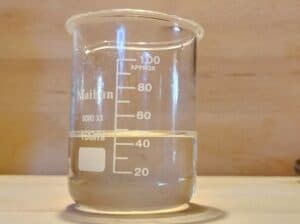
- When you make your perfume the scent will be disappointing. This is normal, the essential oil blend or fragrance blend needs to macerate into the alcohol.Leave your amber bottle in a dark place for one week, to macerate.
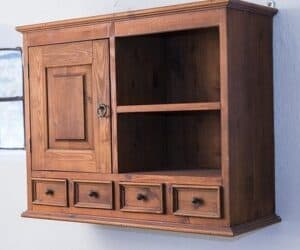
- After one week, your perfume will be ready to use!! Pour your perfume into the final perfume bottle.You will notice that the longer the perfume lasts, the stronger will be the scent.

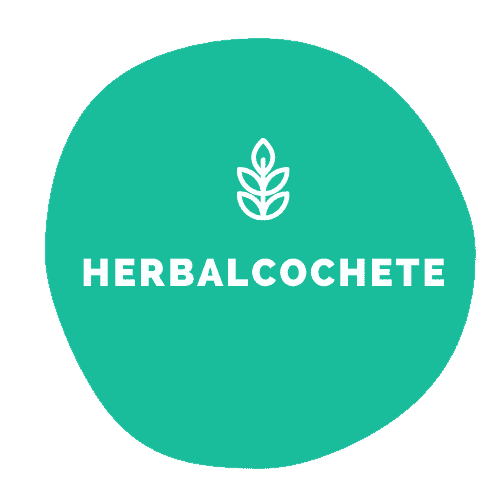
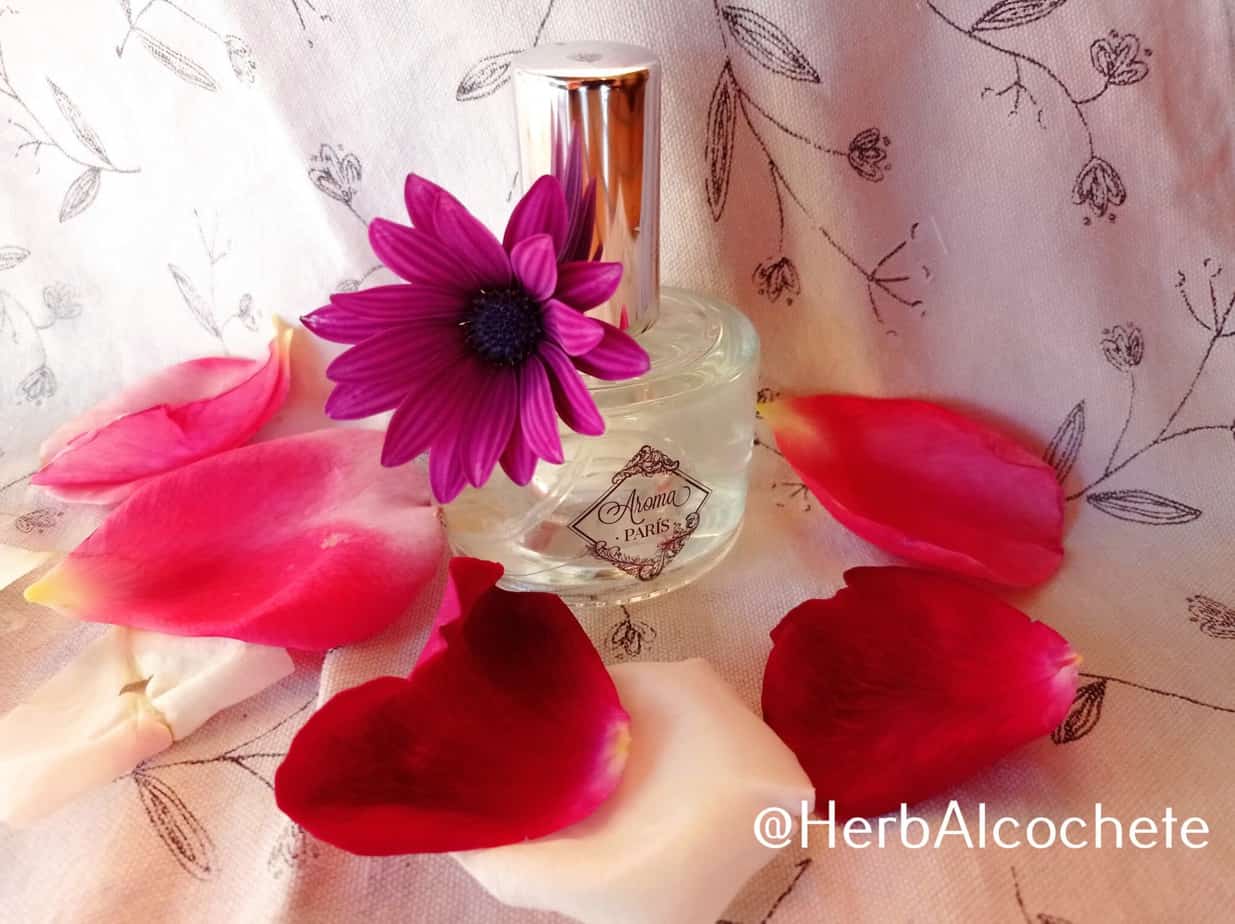

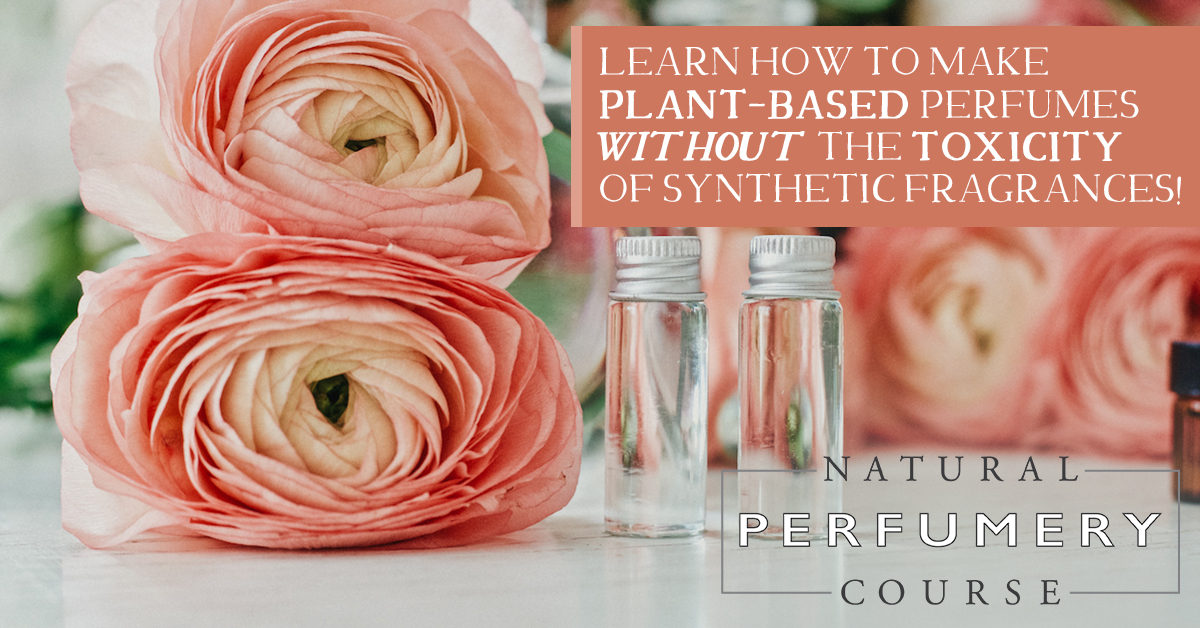

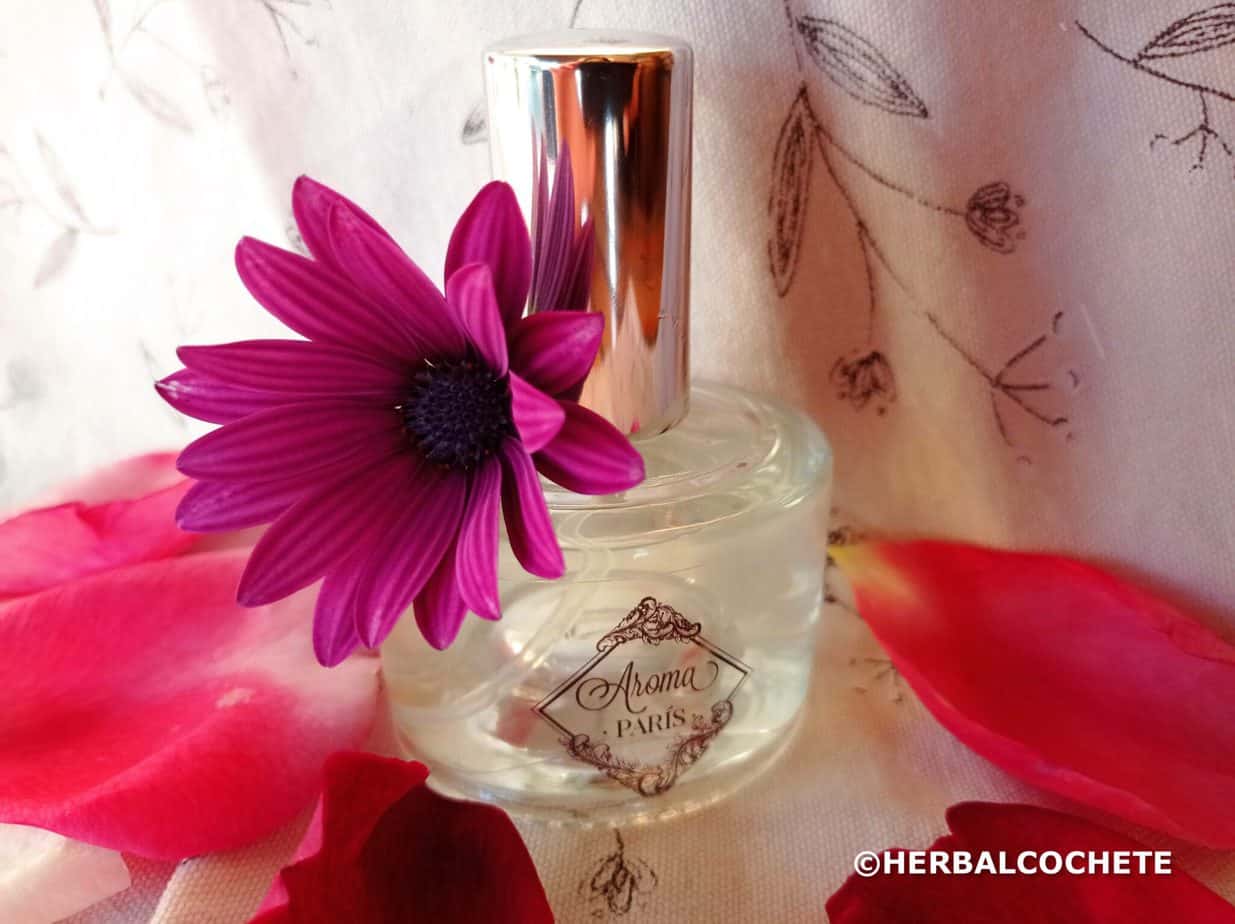
Hmm, you make it sound so easy to make a nice-smelling perfume at home. I recently watched the Halston series, and really enjoyed the storyline in it about the process of coming up with a Halston fragrance. It really seems like a fun process, and the ability to custom blend fragrances for different occasions and moods seems like it would also make the house smell divine!
Hello Aly, thanks for your comment.
Yes, it is fun, and much simpler than we think. To combine essential oils and fragrance oils to get your favorite aroma is a really fun process. Then, you just need to add alcohol to make it a perfume! You can also use the same product to use it in reed diffusers!
Have a go at it and have fun!
Cheers,
Sofia
Hi! I know this is kind of off topic but I was wondering which blog platform are you using for this site? I’m getting sick and tired of WordPress because I’ve had issues with hackers and I’m looking at alternatives for another platform. I would be fantastic if you could point me in the direction of a good platform.
Hello and thanks for your comment. I use WordPress for this website, therefore I can’t really help you. Good luck with your website!
Cheers,
Sofia